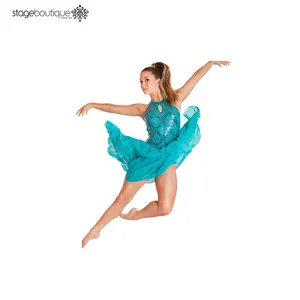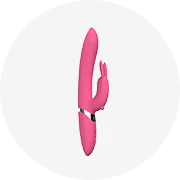váy khiêu vũ tiêu chuẩn từ Alibaba.com là đồ chơi tình dục dành cho những người thích quan hệ tình dục một mình, kín đáo. Chúng đáp ứng nhu cầu đạt cực khoái ở những người trưởng thành độc thân .. váy khiêu vũ tiêu chuẩn có thể là một trong ba loại: nam, nữ và nam giới .. váy khiêu vũ tiêu chuẩn có sẵn trực tuyến cho phù hợp với mọi sở thích và túi tiền. Duyệt qua danh mục đồ chơi thú vị khổng lồ này và lấp đầy khoảng trống còn thiếu trong cuộc sống của bạn.
Có một số loại. váy khiêu vũ tiêu chuẩn bao gồm những mặt hàng được làm từ thép không gỉ, silicone, thạch anh hồng và cả những mặt hàng có gắn pha lê Swarovski. Có. váy khiêu vũ tiêu chuẩn rung theo nhịp và nhịp của bài hát yêu thích của bạn .. váy khiêu vũ tiêu chuẩn có thiết kế không thấm nước và đã được thử nghiệm an toàn cho cơ thể. Không có nhiều thứ để mất khi bạn mua một trong những thứ này từ Alibaba.com và có giá cả, nhãn hiệu và chủng loại phù hợp với mọi người.
Thực tế,. váy khiêu vũ tiêu chuẩn là một trong những phát minh thông minh hơn của thế kỷ trước. Chúng tăng cường khả năng miễn dịch, giảm căng thẳng và rất thích hợp cho việc đi du lịch .. váy khiêu vũ tiêu chuẩn đi kèm với các tính năng như sạc nhanh qua USB, thiết kế chống thấm nước và silicone an toàn cho cơ thể .. váy khiêu vũ tiêu chuẩn dễ vệ sinh, đóng gói kín đáo và có các tính năng như vòng thắt đàn hồi tích hợp và hang động bí mật.
váy khiêu vũ tiêu chuẩn là một món hời cực kỳ tốt nếu đó là niềm vui mà bạn tìm kiếm. Với một mức giá nhỏ, bạn có thể giao đồ chơi tình dục này một cách kín đáo đến nhà của bạn, để sử dụng nhiều lần. So sánh điều đó với sô cô la hoặc một đêm đi chơi với bạn bè. Không tốn nhiều tiền để thử phát minh lạ mắt này trong một cải tiến phù hợp với bạn. Cho dù bạn đang tìm kiếm đồ chơi tình dục cho nam hay nữ, Alibaba.com có rất nhiều loại mà bạn có thể đặt hàng theo ý muốn của mình. 
































 浙公网安备 33010002000092号
浙公网安备 33010002000092号 浙B2-20120091-4
浙B2-20120091-4